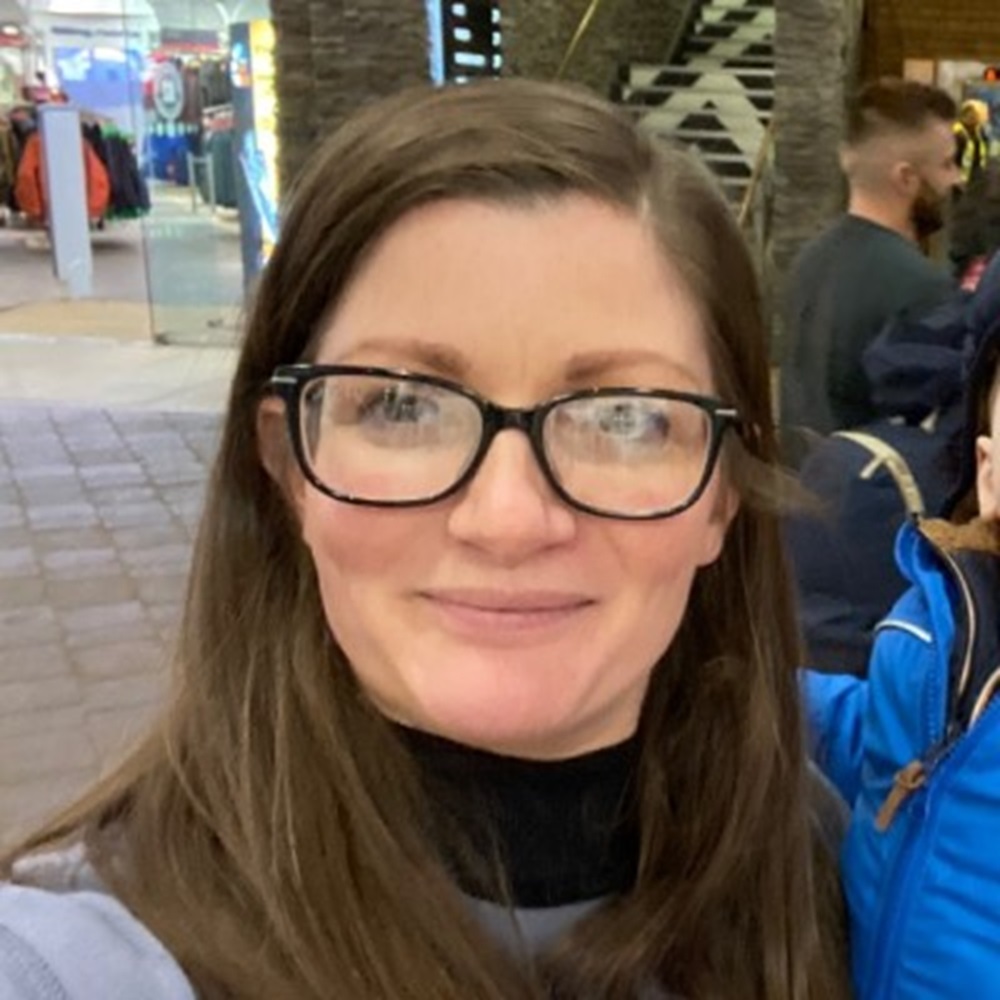Lesley Elliott: Scotland’s care ambitions must be matched by flexible funding and smart technology

Lesley Elliott
Lesley Elliott, who has just led Hanover Scotland’s digital transition from analogue systems to AI-driven proactive social care, cuts straight through the political rhetoric around Scotland’s ageing population to deliver some uncomfortable truths about our care system.
Scotland is grappling with the undeniable realities of an ageing population, overstretched care systems and mounting pressure on health services.
Amidst this, one thing is becoming increasingly clear – technology is not a nice-to-have, but an essential tool in the future of independent living to manage the growing demands on social care and housing support provision.
At the same time, the Scottish Government’s aspiration to keep people in their homes for longer is both admirable and pragmatic, but if this vision is to succeed, it cannot rely on existing, reactive models of care and support. Instead, we must rethink what care and support looks like and embrace the powerful role technology can play in predicting, preventing, and intervening early – before crisis strikes.
For decades, “telecare” has referred to familiar equipment such as personal alarms and fall detectors. While this has provided a vital safety net for many, it is now outdated – both in terminology and in function.
Technology Enabled Care (TEC) is the term better suited to the new reality: a rapidly evolving ecosystem of digital tools that can proactively detect changes in health, automate routine care, and reduce avoidable hospital admissions.
At Hanover, we have undertaken one of our biggest digital transitions to date. We have shifted from an on-premise, analogue-based call system to a fully cloud-based service. This upgrade will not only improve reliability and resilience, but unlock a whole new category of proactive care and support services – from AI-driven call analysis to digital responders receiving alerts via integrated mobile apps, or a residents old pull cord system being replaced by digital interactive technology.
We’re not the first, but we’re moving decisively. And what we’ve learned is this: the opportunity for innovation isn’t just about service delivery efficiency – it’s about dignity, autonomy and independence for the people we support.
Right now, older people often only enter the care and support system at crisis point – after a fall, a hospital stay, or a health emergency, a very reactive model. Digital technology gives us the tools to flip that model on its head. With integrated sensors and smart data, we can spot subtle changes before they escalate – a slower walking pace, irregular bathroom visits, interrupted sleep. Even emerging technologies can identify signs of infection through non-invasive monitoring for example. The technology also supports individuals and their families to have greater control of their health and wellbeing.
These aren’t theoretical examples. These are real-world uses of TEC, already in play, already delivering results. And yet, funding streams are still too rigid to fully embrace them.
Current budget structures within both the NHS and local authorities are often siloed, separating frontline care from digital innovation. This fragmented approach not only hinders investment but fails to recognise the true cost-saving potential of technology.
If budget holders continue to prioritise short-term crisis response over investing in long-term prevention built into our commissioning models, they will miss the chance to alleviate pressure on hospitals, reduce bed blocking, and minimise demand on already-stretched care staff.
TEC should be commissioned as a fundamental element of frontline service provision. And so we want to make this move we need a more flexible funding approach – one that enables health and social care commissioners and providers to divert money away from reactive interventions and into scalable preventative models that make effective use of digital telecare and telehealth products which keep people independent and avoid care and support before its really needed.
That comes with greater collaboration across housing, health and social care sectors with a genuine willingness to share individual’s data, integrate systems and challenge legacy thinking to harness the power of data to be more proactive and preventative at both an individual level and a wider policy making level. The national Digital Strategy for Health and Social Care recognises this, but progress is slow.
The case for change is undeniable: The demand for care and support services is growing, the number of older people is growing, and the number of older people with multiple health conditions is growing. As a result, the burden on ambulance services, hospitals, and local authorities is growing every year. We cannot continue using the same approach, we need to embrace the TEC now in our everyday care and support services.
And this isn’t just an ageing population issue. Digital tools are enabling care and support for a much broader group – from individuals managing long-term conditions to those with disabilities or recovering from illness. It’s time we stopped thinking of TEC as niche or optional and recognised it as a universal support mechanism.
Of course, no technology is a silver bullet. But when used wisely, it extends the reach of human care, reduces avoidable crises, and empowers people to live well on their own terms for longer.
We need policymakers, commissioners, funders and care and support providers to work together – to move beyond pilot projects and press releases, and to embed these tools into the core of how we deliver housing, health and social care.




